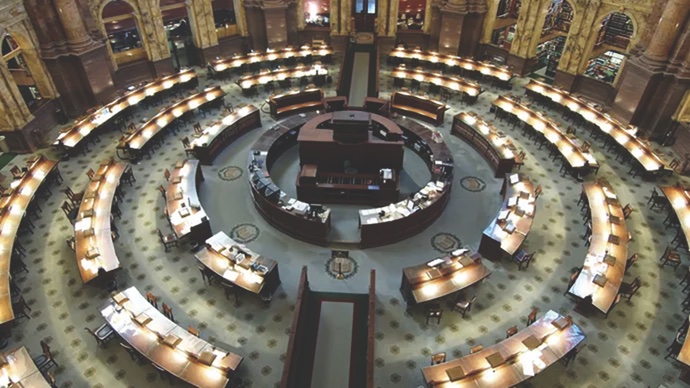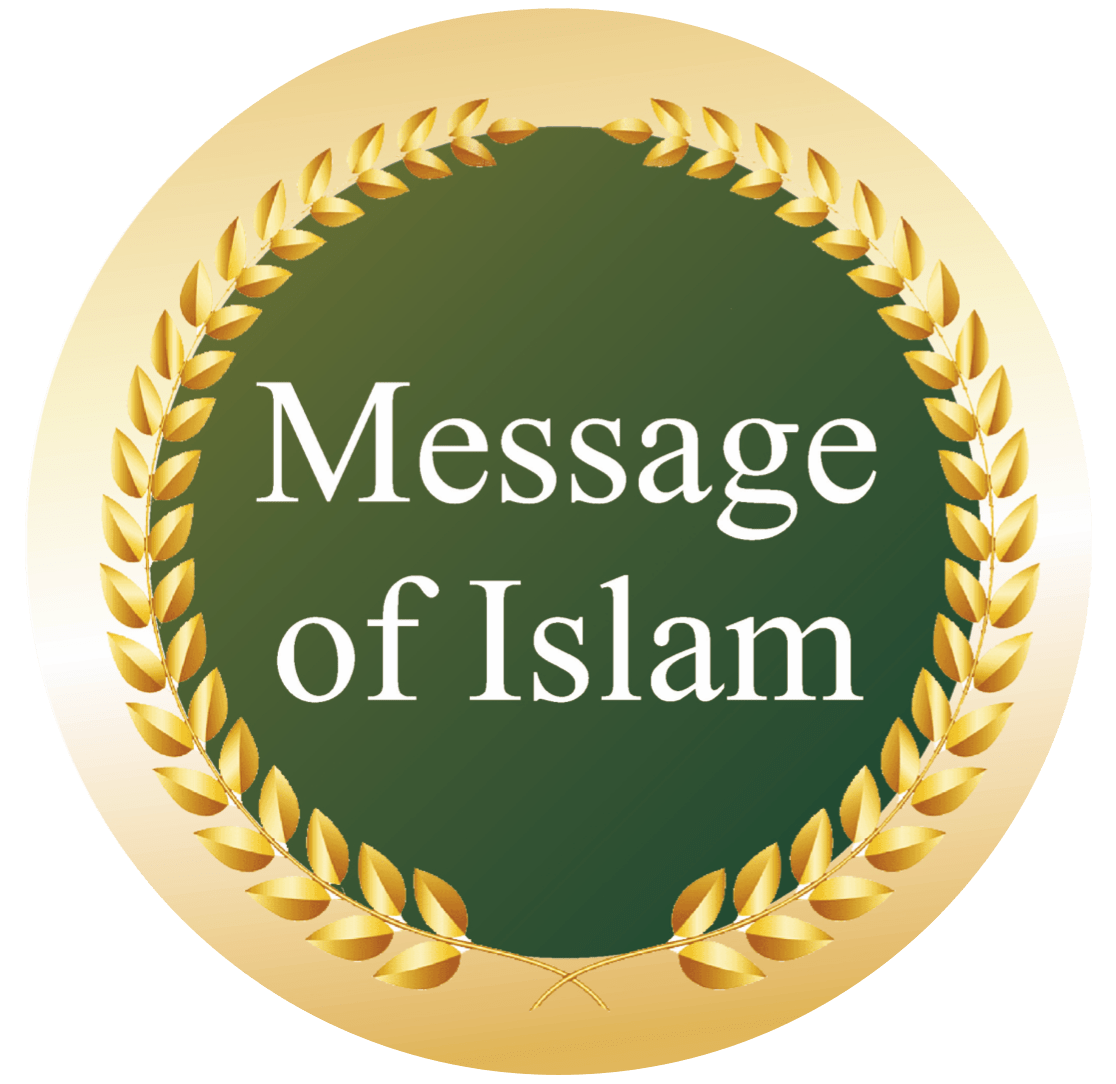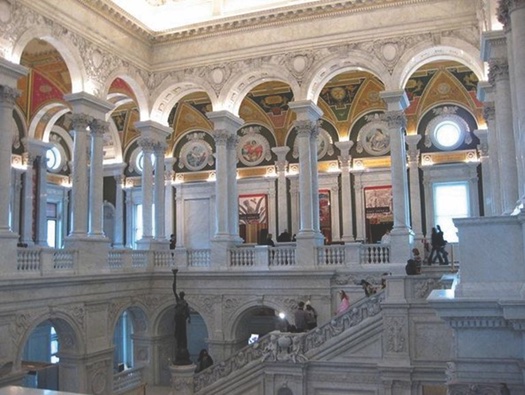by: Mohammed SH. Hassan – Author & Publisher
Since 1981, one of my main dreams has been getting the opportunity to visit the Library of Congress and invest an adequate time and mental energy in it. My intention was to conduct comprehensive researches at this particular library. In the meantime, I dedicated myself to making home any library that I get an access to it. Among my remarkable achievements are that I completed numerous researches in various libraries and research centers in Europe and North America. In 1981, I started my journey to familiarize myself with the most renowned libraries by obtaining membership card from the Stockholm Public Library in my first visit to Sweden. There, I have gone through a large amount of readings addressing an assortment of topics and titles. Reading some bulks of books was already among my primary hobbies. Quenching my thirst to learn and my hobby, I would borrow a large quantity of books on my researches from the hugest archives and collections concerning the Somali/African studies from Stockholm Public library and other academic Libraries. Between 1981 and 1996, I consistently and enthusiastically made myself available in the library everyday as long as its doors were open. Those persistent efforts brought me to visit the Library of Congress in 1996, and to the present day of July 10, 2022, I am attached to it.
A brief History of the library of Congress (Loc)
The library of Congress – LOC is located at 101 Independence Avenue SE, Washington D.C., 20540. The historical background of the Library of Congress starts by the story of the accumulation of diverse functions and collections.
The library was founded on April 24, 1800, when U.S. President John Adams approved the $5,000 appropriated by the Congress when the U.S. capital city was changed from the Pennsylvania’s main city called Philadelphia to Washington District of Columbia – D.C. that time, the library was temporarily housed within the new Capitol building. On August 24, 1814, during the War of 1812, the library’s original collection of 3,000 volumes was destroyed when the British burned the Capitol as well as the White House. To rebuild the library’s collection, Congress, on January 30, 1815, was approved by the former president, Thomas Jefferson who ordered to purchase 6,487 books for $23,950’s1. On Christmas Eve 1851, unexpected fire ignited in the library’s building and destroyed two–thirds of the collection, of which most are yet irreplaceable.
Congress starts from the story of the accumulation of diverse functions and collections.
The Library of Congress has been shaped primarily by one of the greatest American philosophers, Thomas Jefferson, whose ideas are still among the principal codes. The founder believed that a democratic legislature needed information and ideas in all subjects to do its work.
From the beginning, however, the institution was more than a legislative library. Later, 1802 law made the appointment of the Librarians working at the Library of Congress to serve under the presidential office. The law also permitted the president and vice president of the country to borrow books as needed. Eventually, that presidential decree–based privilege was extended to the judiciary, officials of government agencies, and, under certain conditions, members of the public citizens.
Finally, the library moved from the Capitol Building to its own building in 1897. At the same time, the Librarians of the Congress were given the mandate to make and maintain the Library’s rules and regulations as their specific responsibilities, and the Senate approved the authority of the president’s nomination towards the Librarian of Congress. At its present situation, it is fair to say the library of Congress is an independent institution free from the current partisan day to day politics.
Since World War II, LOC has been an international resource of unparalleled dimension and the world’s largest library. In its three massive structures on Capitol Hill, the Thomas Jefferson, John Adams, and James Madison Memorial Buildings, Loc has become an icon for the whole world2.
As a repository of information and knowledge, its collections in all formats now contain more than 160 million items– books (about 20 million), films, maps, photographs, music, manuscripts, and graphics from all over the world. Currently,
the library contains more than 30 million books, which fill uncountable number of isles of bookshelves installed in miles of three different buildings. Add that, there many others premises, which are not displayed for public.
When I first visited the library of congress in 1996 and 1997, I could not imagine the availability of such a huge collection anywhere in the globe. Like a thirsty person I sat down in the beautiful reading rooms inside the library and spent countless days and weeks throughout those two years.

Interior of the Library of Congress Reading Room,
Washington, D.C. Courtesy C Scoutingstock/Shutterstock.com
I got my reading card and became a frequent traveler as a researcher from Toronto, Canada to the library of congress in Washington, USA. My favorite zones of the Library congress were the Division of the Middle East and African studies. I used to take a series of seclusions to focus on investigating an array of studies about Somalia’s history and stories of the past 100 years and beyond. I read many works written on these topics, of which most I read from cover to cover. Indeed, I was stunned and impressed by the countless treasure that I have seen in the collection of the library3. I saw books, magazines, newspapers, films, and posters printed and published over 150 years ago. I took countless advantage of such a huge collection. I used almost all the materials as references for my publications. I became a friend of the library and I got to know most of the staff in the African Division.
Mohammed SH. Hassan, Notes and records, 199602922 & mixed articles in the internet
Among those that worked with me and, indeed, helped me over the years are Abdulahi Ahmed, Mary–Jane, Eve, and many others.
As a publisher, since 1997, I supplied over 100+ titles of my works published by Scansom Publishers to the library of congress. When it comes to the availability of Somali books and publications about Islam in the Library of Congress, Scansom Publishers played significant roles in the development of the library collections. Lately, we donated more than a dozen of different books about Islam written by Mr. Chairman Ali Mohammed Al–Hammadi. Most of these books were translated from Arabic into English, French, Spanish, German and other languages. The library has acknowledged such a good contribution and thus awarded a letter of appreciation to Chairman Ali Mohammed Al–Hammadi4 (see the below letter of courtesy of appreciation and gratitude).
Mohammed SH. Hassan, Observations, 1996–2022
Jessalyn Zoom, Chief, Asian and Middle Eastern


